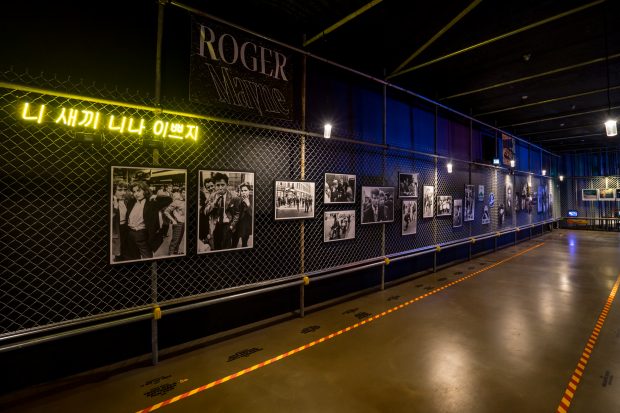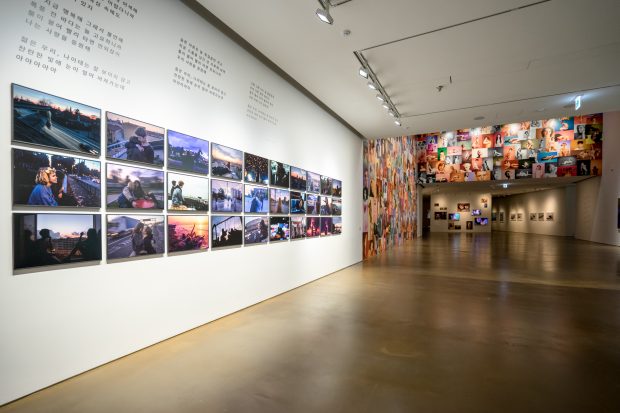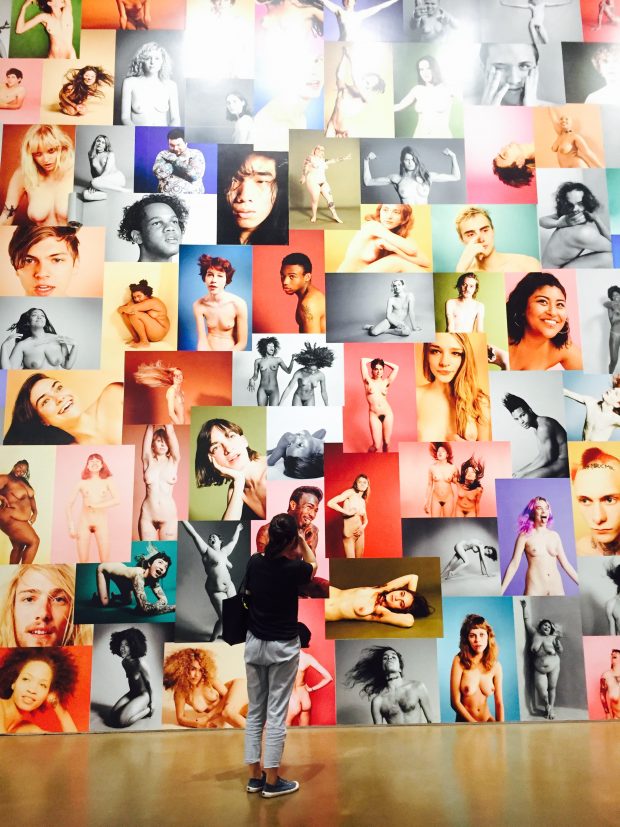
Seoul D Museum [YOUTH] Exhibition: the Young Visualized

Youth Culture—widely known as a symbolic lifestyle that is shared among adolescents—has regularly been the subject of public scrutiny for its distinctness relative to other age groups. Often associated with various subcultures, youth culture encompasses groups that have, in the present and past, been distinguished by norms, behaviors, fashion styles, and values that clashed with older generations.
In an effort to understand the season for its uniqueness, the works of 28 world-renowned artists (including Ryan McGinley, Doug Dubois, Paolo Raeli, and Gosha Rubchinskiy) were brought together and displayed in Korea’s D Museum, in partnership with the corporate organization Daelim. [YOUTH: the fever and untold story] was opened to the public beginning February 9 to May 28 (including world renowned artists Ryan McGinley, Doug Dubois, Paolo Raeli, and Gosha Rubchinskiy), displaying 200 images, 25 videos, and 15 graphic visuals; a combined total of 240 gallery items.
Upon entering the exhibition one will find a darkly-lit hall—more like a jail cell—lined with images of stone-faced teens writhing to express repressed emotions. Some are angry, others bored; this, not in any significant location. The subjects are in their bedrooms, just woken up from a bad dream, or at the local bar heating up the scene with a little bit of hip hop.



As the first international collaboration of youth-inspired art, responses were wide-ranging. Viewers were generally fascinated by the photos while others were skeptical of the implications of such provocative images.
A 25 year-old law firm intern said at the end of the exhibition, “I feel like I’m discovering a part of youth that I had never known before. I didn’t know youth could be this vibrant. I’m young, but it has never been as interesting as this.”
At the same time, a second-year college student uploaded to her Instagram, “It’s colorful and fun, but it is also only a small aspect of youth culture around the world. Yes, we are all confused and trying to find our niches in society, but it may not always be as dark or even as liberating.”
Maybe the images were an exaggeration of reality with models so carefree and unbound. Few will find any member of youth bold enough to pose for the world to see their “youth”. But it was also this courage that invited viewers into the most private and honest moments of the young.

For D Museum, the motive was simple: “To bring into worldwide attention the infinite potential and creative energy of youth. D Museum is merely a platform that enables the unfettered expression of those who dream beyond the daily ritual of life” (quote from D Museum official press release).
Indeed, youth, the subject of envy for all those excluding those who apply to the category, is often associated as the agent of change. It is, according to dictionaries worldwide, simply the “condition of being young” but the excitement comes not just with being young, it is the fact that one is old enough to think and young enough to act. It is a period unlike any other and has become the facilitator of societal movements worldwide.
The young are those who challenge societal norms for sexuality, politics, family, and beyond. They have the key to discussion because things are rarely defined for this age group. Older generations may look in contempt at their audacity, but they are nonetheless nostalgic for bygone days.
Whatever the public response, D Museum’s feat of conveying “youth” solely through visual means is impact enough for anyone to mull over. And through the unexplained faces of the models, one can only discover that it is in the ordinary that youngsters have found the particular.



